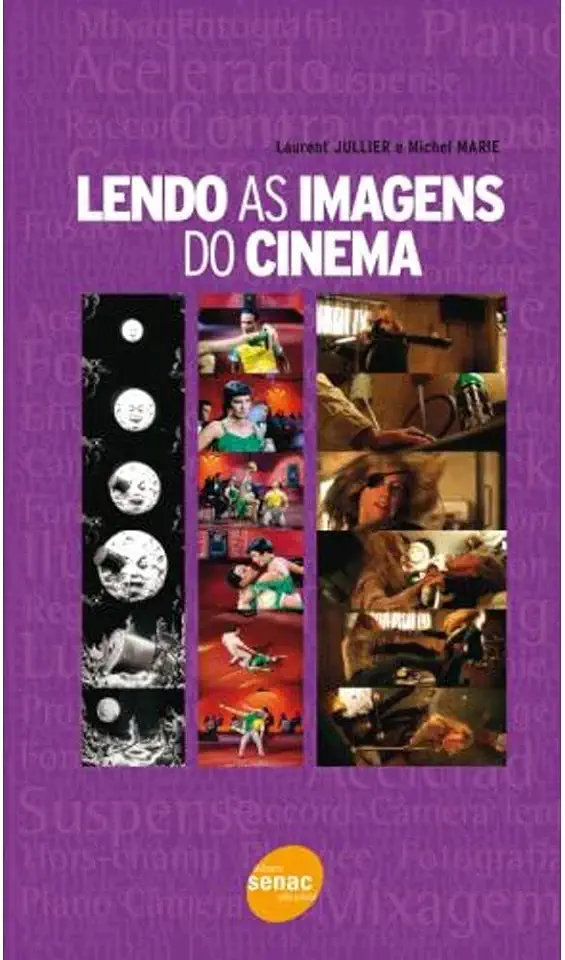
Reading the Images of Cinema - Laurent Jullier and Michel Marie
Reading the Images of Cinema: A Comprehensive Guide to Film Analysis
Introduction
In the world of cinema, images hold immense power. They can transport us to different worlds, evoke emotions, and tell stories in ways that words alone cannot. To fully appreciate the art of cinema, it is essential to understand how images are used to create meaning and convey messages. In their groundbreaking book, "Reading the Images of Cinema," Laurent Jullier and Michel Marie provide a comprehensive guide to film analysis, offering readers the tools and insights they need to decipher the visual language of cinema.
Understanding the Language of Cinema
Jullier and Marie begin by introducing the basic elements of film language, including framing, composition, lighting, and editing. They explain how these elements work together to create visual narratives and how they can be used to convey subtext and symbolism. Through detailed analysis of iconic films, the authors demonstrate how filmmakers use these techniques to shape the viewer's experience and communicate their artistic vision.
Analyzing Film Form and Style
The book delves into the formal and stylistic aspects of cinema, exploring how filmmakers use visual techniques to create distinct visual styles. Jullier and Marie discuss the importance of mise-en-scène, cinematography, and editing in shaping the overall aesthetic of a film. They also examine how filmmakers use these elements to create specific moods, atmospheres, and genres.
Interpreting Film Meaning
Beyond analyzing the formal aspects of cinema, "Reading the Images of Cinema" also guides readers in interpreting the deeper meanings and themes embedded within films. The authors discuss how images can be used to convey symbolism, allegory, and metaphor, and how they can contribute to the overall narrative and thematic structure of a film. They also explore the role of the viewer in interpreting these meanings, emphasizing the importance of active engagement and critical thinking.
Case Studies and Examples
Throughout the book, Jullier and Marie provide numerous case studies and examples from a wide range of films, from classic Hollywood productions to contemporary independent cinema. They analyze how filmmakers such as Stanley Kubrick, Alfred Hitchcock, and Akira Kurosawa use visual techniques to create powerful and memorable cinematic experiences. These case studies offer readers the opportunity to apply the concepts and theories discussed in the book to real-world examples, deepening their understanding of film analysis.
Conclusion
"Reading the Images of Cinema" is an essential resource for anyone interested in understanding and appreciating the art of cinema. With its comprehensive approach, clear explanations, and insightful analysis, this book provides readers with the tools they need to decode the visual language of film and unlock the deeper meanings and themes embedded within cinematic works. Whether you are a film student, a cinephile, or simply someone who wants to enhance their enjoyment of movies, this book is a must-read.